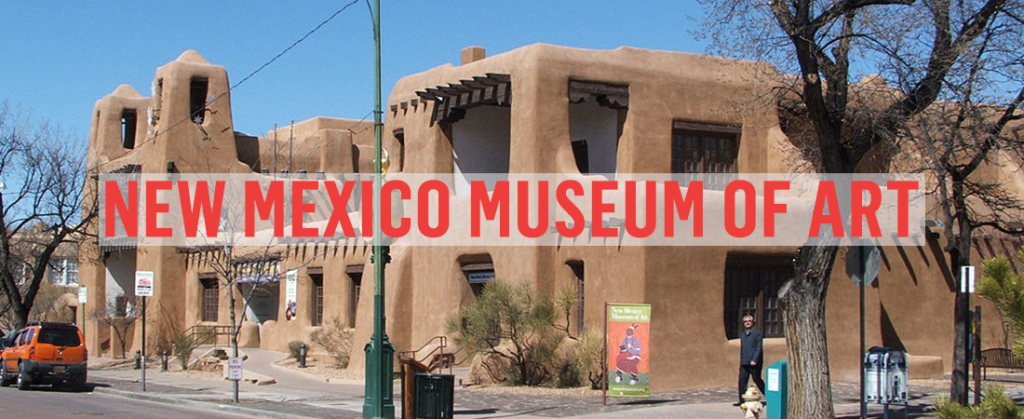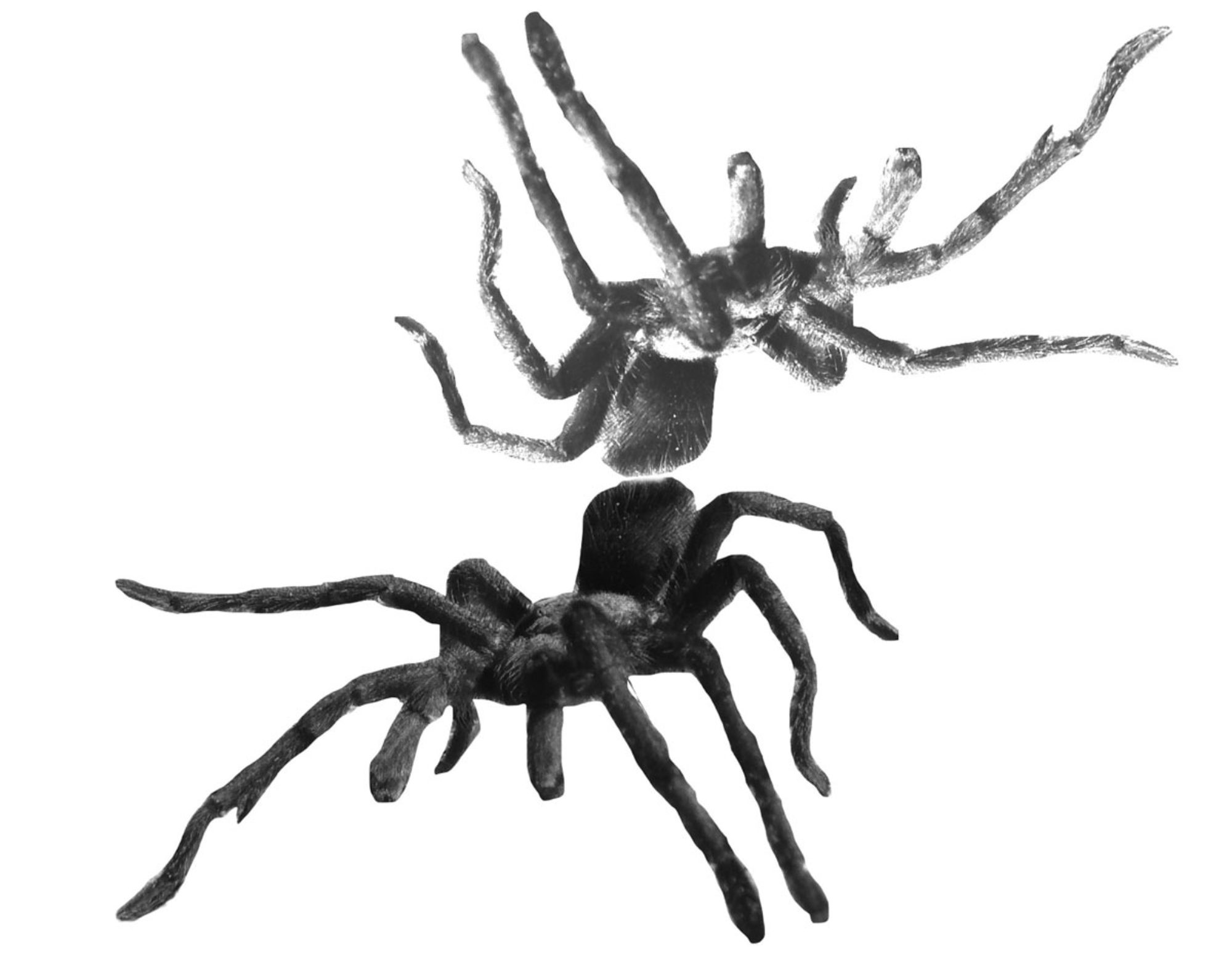
New Mexico Museum of Art Urged To Reaffirm Artistic Freedom After Removing Project on Fracking
The New Mexico Museum of Art chilled artistic freedom by removing a poetry zine from an environmentally-focused exhibition, entitled The Social & Sublime: Land, Place, and Art, during the show’s run last year. The zine focused on the impact of fracking and the museum claimed it was removed because it contained political commentary. The Arts Advocacy Program at the National Coalition Against Censorship urges the New Mexico Museum of Art (MOA) to take the incident as an opportunity to develop clear policies affirming artistic freedom.
Museums today are important sites of civic conversation about social and political, as well as aesthetic, issues. That is why it is very disturbing that, upon the recommendation of the New Mexico Department of Cultural Affairs (DCA), MOA removed the poetry zine from the exhibition. A collaboration between artists from the Land Arts of the American West project, visiting artist Asha Canalos and local community organizers from the Greater Chaco Coalition, the zine was removed for the only reason that “all the poetry in [it] relate[d] to…political commentary on fracking”.
The Social & Sublime: Land, Place, and Art exhibition focused on “issues of land use, expansion and border conflicts, and industrialization and the conservation of natural resources.” These are all clearly political issues, which, as the exhibition description states, are explored through lenses “ranging from the purely formal to the politically engaged.” A zine dedicated to poetry about the impact of fracking on the local community neatly fits within the parameters of the show. Indeed, a number of works in the show also took political positions, as art often does.
The DCA claimed that distributing the zine “would be considered using state property to support [a] political cause.” The department mistakenly referred to a governmental conduct act prohibiting “a public officer or employee from …using property belonging to a state agency or allowing its use for other than authorized purposes.” Contrary to what DCA appears to believe, exhibiting art with a political position does not mean that a museum is supporting that position. Otherwise none of our public cultural institutions would be able to give space to any work that takes a position on any relevant political subjects: discussions of war, immigration, climate change, public health, economic disparities and many other subjects would be off limits. The very exhibition of which the zine was a part would not be possible.
It seems clear, then, that the concern was not the fact that the work took a specific political position, but the nature of that position. The zine is a condemnation of the devastating impact of the fossil fuel industry, and specifically fracking, on communities, ecological systems, and the climate within New Mexico. In a state highly dependent on the fossil fuel industry, this is a controversial position. But a publicly-funded institution cannot discriminate against specific political positions, no matter how unpopular: such discrimination would violate the First Amendment.
We are aware that the zine was later included as a resource in the museum. That, however, does not change the initial fact of the removal and does not provide any clarity as to MOA’s exhibitions policy. Therefore, we urge MOA, in collaboration with DCA, to adopt a formal policy affirming artistic freedom, including the right of artists to voice political opinions without fear of being silenced. The museum should also make it clear that exhibiting political artwork does not mean that the institution itself endorses specific political positions. This is the only way MOA can remain a site of encounter with new and radical ideas, a site where social and political dialogue happens, not become a place of pure entertainment governed by political censorship.
We will be delighted to help MOA develop such a policy, as we have done with other institutions. Today’s health crisis – which is also a political and economic crisis – is also an opportunity for art institutions to re-evaluate their social role and reconfirm their position as indispensable sites of civic conversation. We hope MOA takes this opportunity.
The above letter was sent to the Acting Executive Director of the New Mexico Museum of Art.
